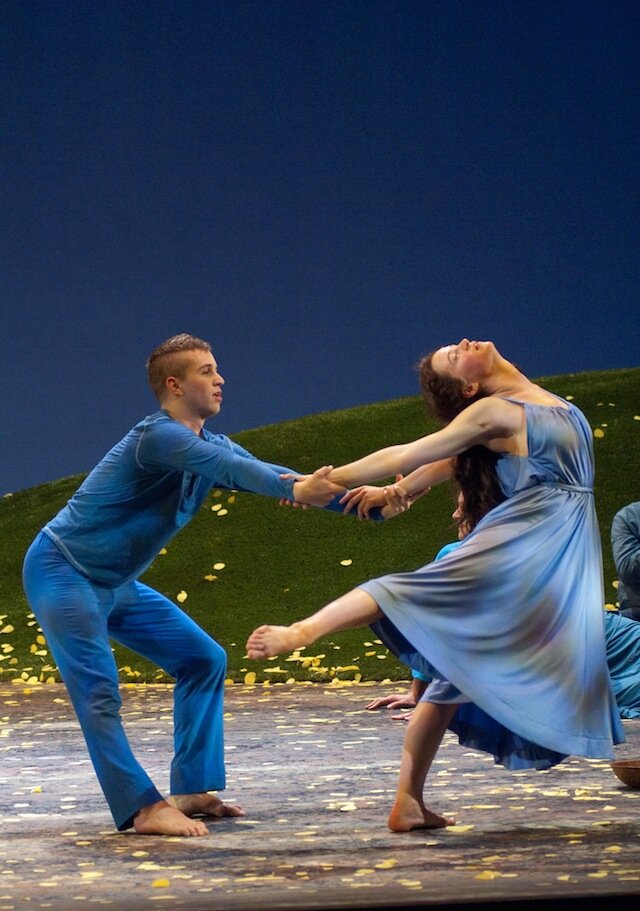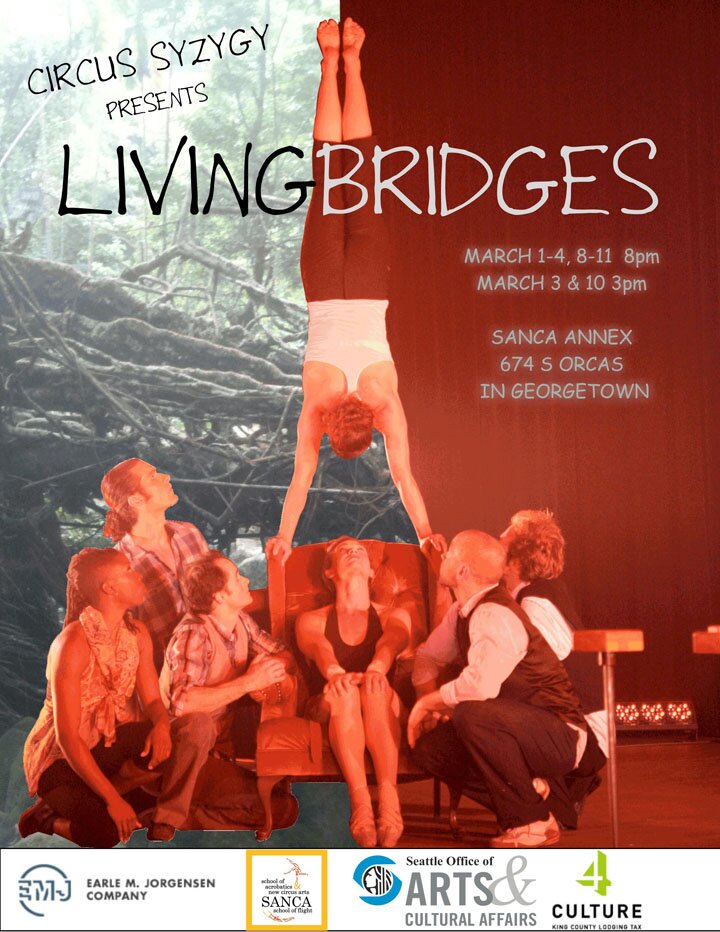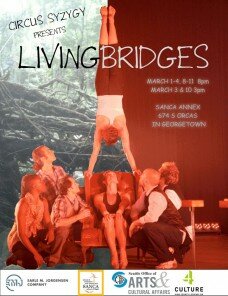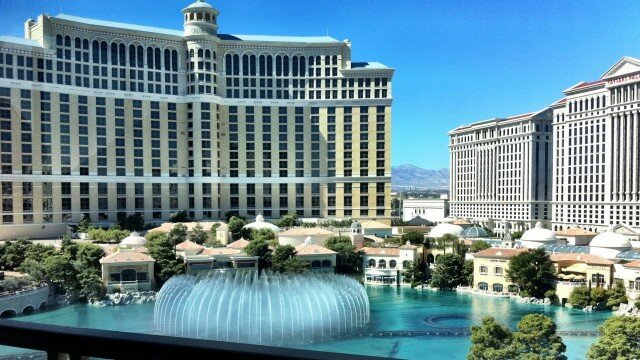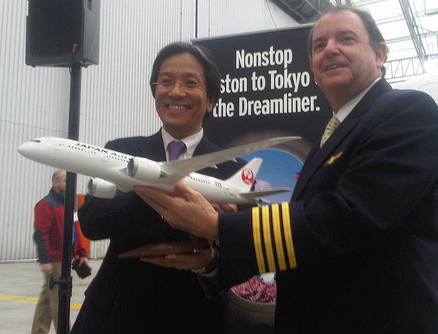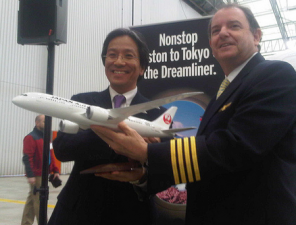Can you believe I let forty years slip past before visiting Vegas for any length of time? It’s not that I don’t gamble at all, but after an hour or two, I’m generally looking for something more distracting. There, Las Vegas is more than willing to help out, even though it’s paid for by people who put more energy into losing money than I can muster. Bless them, because that means Vegas can offer the rest of us luxury suites for weekend getaways with great entertainment value, even if you don’t pony up for the multitude of Cirque du Soleil shows going on at any given time.
A word about me: You know that drunk guy wandering the Strip with his bros, sucking on one of the two-foot novelty drinks and bellowing, “WE’RE HERE!” sporadically, as if he’s occasionally blacking out and coming back? I’m a few feet ahead of him, wearing a suit and wondering if the Bellagio’s Monet exhibit ($15) is worth stopping off for. He has his boozy binges, I have my Vitamin D fix to secure later, napping in the sun by the pool. “Homo sum, humani nihil a me alienum puto,” isn’t that what we say? Vegas is large, it contains multitudes.
I flew Alaska Air from SeaTac and stayed at the Palazzo for two nights, which ran to almost $1,000, plus a $20 resort fee that offered access to their Canyon Ranch SpaClub, internet, a daily newspaper, and a daily coffee, among other little benefits. Many times when you open the door to a “luxury suite” you are a little let down; that was not the case for me at the Palazzo. It was spacious, handsomely furnished, well-appointed (three flatscreens). There was a sunken living space with wraparound couch, and a remote-controlled Roman blind that revealed a view of the Strip.
My Escalade from the airport cost $49 plus tip (my return-trip taxi, $30 plus tip). Vinny the Escalade operator was a more informative and gregarious host, pointing to all that had changed in the Vegas skyline. Vegas was an easy town to get into trouble in, he advised me, so I should be careful not to get carried away. “These women won’t even look at you during the day,” he said, “but at night, they get pretty chatty.” He was a family man, so all that was behind him. But still, he said, even the housewives dress like hookers, and gave a Big Apple shrug. If I liked sports, he mentioned, I had to stop in at Lagasse’s Stadium at the Palazzo (it’s the “ultimate” in sports book dining).
In fact, I ended up stopping in at the Paris Las Vegas Hotel & Casino for lunch in their Eiffel Tower Restaurant, which happens to overlook the Bellagio’s fountain show. (The Palazzo overlooks Treasure Island’s Sirens of Ti pirate show. This begins not to seem accidental.) The atmosphere in the mock Eiffel is a little precious–my waiter swapped out a white linen napkin for a black one that went with my suit–but lunch is not outrageous. They had a prix fixe lunch, that benefited a local charity, for $30. The filet of trout meunière was comparable to what you’d pay at Chinook’s, which does not give views on the Bellagio’s fountains.
Every resort and hotel does their best to keep guests on their property, and the layout of the Strip colludes with that territoriality: Built for cars, cars, and only cars, the Strip wears down pedestrians with a series of skybridges that keep you out of sight of drivers. Still, if you’re down from Seattle and the sun is out, you might as well hoof it. (Especially if you’re from Seattle, you will happily drop $5 to take the Vegas monorail back.) Each property offers some kind of frontage attraction; down at New York New York there was a live band out on a sidewalk stage, and an unusual number of people having their heads shaved in public.
Bellagio gets enough ink, apparently, because their PR people asked that I look into the MGM Grand instead, whose rooms “are undergoing a huge $160 million renovation and they are beautiful.” They’re so proud, they have a model suite set up in the lobby, along with their usual giant golden lion. I was just passing through, but it reminded me of the Las Vegas I’d more expected, with advertisements for David Copperfield and a Rainforest Café.
I was very happy with the Palazzo, which is connected to the Venetian, as I discovered when I checked in at the Venetian and discovered I was actually booked into the Palazzo. Together, they and their convention center form the “largest five-diamond hotel and resort complex in the world.” Their attraction is the indoor Grand Canal, which is fronted by “Shoppes” bearing the familiar names of Cole Haan, Burberry, Barney’s, and restaurants and bars perpetrated by celebrity chefs. It’s easy to giggle at the faux-Venetian decor, but it’s also an achievement that Walter Benjamin would have gazed at with eyes wide.
For the flâneur who hopes to beat the desert heat, the Grand Canal shops provide an arcade oasis, with unending window displays, ever-changing Venetian vistas, and ceaseless people-watching. Las Vegas, it turns out, is the apotheosis of people-watching: You have everyone from the bachelorettes stilting around in heels and slinky dresses, to the families in T-shirts emblazoned with place names, to packs of conventioneers feigning camaraderie, to bleary-eyed slots junkies blinking at the enormity of St. Mark’s Square while they spoon their minestrone. (It’s perhaps instructive that what’s missing are the great cafés–there are only a few coffee shops, and they tend not to offer acres of seating.)
The gnocchi at Postrio was fluffily delightful, but more so when coupled with the subversive thrill of eating “outdoors,” in a large square…in the U.S. Yes, there’s a sentimentalist feel to the broad Venetian brushstrokes, and no, those arched windows don’t have anything behind them, but everyone there is behaving just like a European sitting down for dinner in their local square. If you’re so inclined, you can spend hours pondering the reversibility of signifiers, what connective tissue links the prosaic food court with the European plaza, why people fly across the country for ersatz conviviality.
If you’re honest, you will do so with cognizance of your complicity in Vegas, which, after all, only exists to make you happy. On an art gallery window, I saw the words “Da Vinci Exclusive,” which I kept turning over in my head all weekend, trying to imagine if foresighted Leonardo had pre-imagined Vegas and its need for “status” art, and worked out a centuries-spanning contractual exclusive. But of course not. That’s not what Vegas means. It’s not in the city to be so distressingly literal. The water you see in the desert is not really water, just excited light. Try to take it in.
The side benefit of a Las Vegas trip is that, sunlight aside, Seattle compares so favorably in many areas, certainly when it comes to food and drinks. I had the chance to compare my Cuban sandwich and Negroni at Sammy D’s FIRST Food & Bar with a Cuban sandwich and an unnamed concoction at Linda Derschang’s Smith on Capitol Hill, after I’d gotten back. Smith won easily on the sandwich side (better bread, more piquant sauce), and won again (though it was closer) on the drink side. I had no complaints about FIRST’s Negroni, but it was not in the class of the Negroni I’d had at Clyde Common in Portland.
This is not the place to get into the varied merits of Tavern Law, Canon, or Sun Liquor, to name a few without walking far–Liberty, practically at my doorstep–but I think it’s easy to forget how far people are willing to fly to taste what we think of as “local” talent.

